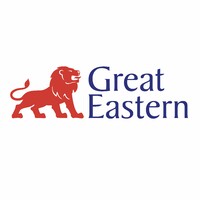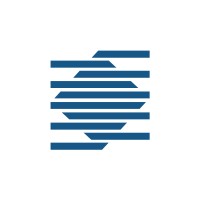
GREAT EASTERN
Established in 1908, Great Eastern places customers at the heart of everything we do. Our legacy extends beyond our products and services to our culture, which is defined by our core values and how we work. As champions of Integrity, Initiative and Involvement, our core values act as a compass, guiding and inspiring us to embrace the behaviours associated with each value, upholding our promise to our customers - to continue doing our best for them in a sustainable manner. We embrace inclusivity, giving all employees an equal opportunity to shine and play their role in exploring possibilities to deliver innovative insurance solutions. Since 2018, Great Eastern has been a signatory to the United Nations (UN) Principles of Sustainable Insurance. Our sustainability approach around environmental, social, and governance (ESG) considerations play a key role in every business decision we make. We are committed to being a sustainability-driven company to achieve a low-carbon economy by managing the environmental footprint of our operations and incorporating ESG considerations in our investment portfolios; improving people’s lives by actively helping customers live healthier, better and longer; and drive responsible business practices through material ESG risk management. Please note that our career opportunities are only posted on our Career Website (https://gecareers.taleo.net/careersection/ex_singapore/jobsearch.ftl?lang=en&portal=8116760849) and on our authorised job platforms, such as, LinkedIn, JobStreet and eFinancialCareers. We do not initiate any unsolicited calls and all official emails from Great Eastern will be sent from email addresses ending with “@greateasternlife.com or @greateasterngeneral.com”. Should you receive any communications outside from these channels, please do not provide any personal information and do reach out to us at [email protected] for us to assist you and confirm the legitimacy of the content.






